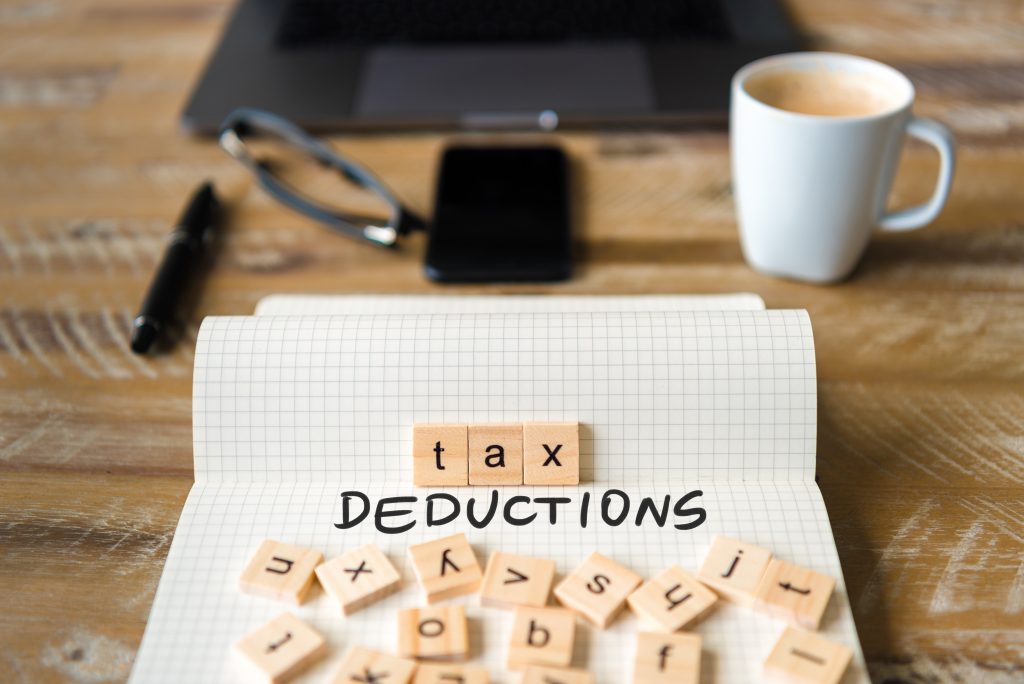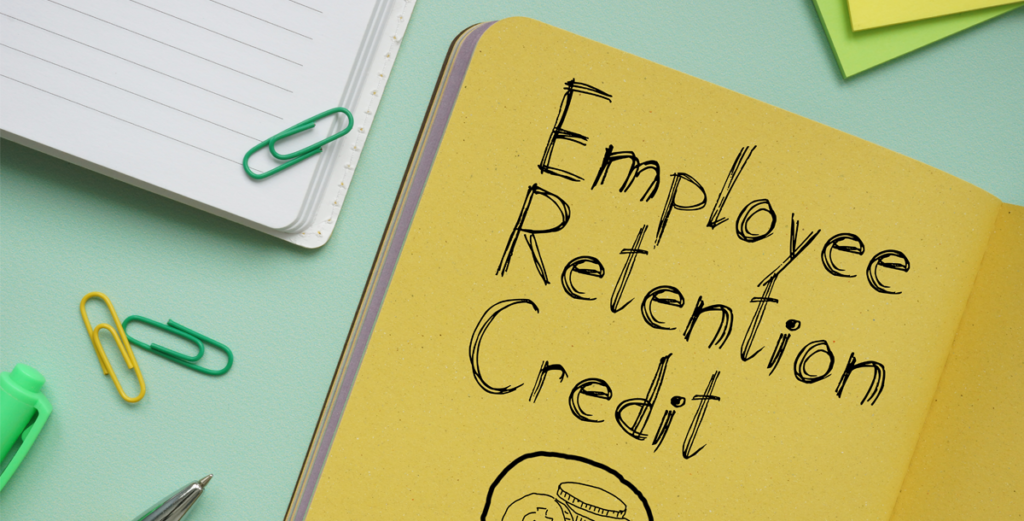Tax-Saving Tips – December
$80 Billion to the IRS: What It Means for You You may have noticed that the IRS is in a bad way. It has a backlog of millions of unprocessed paper tax returns, and taxpayers can’t get through to the agency on the phone. Congress noticed and took action by passing a massive funding of the IRS in the recently enacted Inflation Reduction Act. Wander CPA, Accountant, Tax Advisor Wander CPA, Michael wander The IRS will get an additional $80 billion over the next decade. This includes $35 billion for taxpayer services, operations support, and business systems. Among other things, the IRS plans to use these funds to update its antiquated IT systems (some of which date back to the 1960s), improve phone service, and speed up the processing of paper tax returns. Despite what you may have heard in the media, the IRS will not expand by 87,000 new employees. It will still be smaller than it was 30 years ago. It may grow by 20,000 to 30,000 workers over the next decade, and the number of revenue agents could increase to 17,000 by 2031—over twice as many as today. The IRS will have an additional $45 billion to spend on enforcement. Treasury Secretary Janet Yellen has promised that IRS audit rates will remain at “historical levels” for taxpayers earning less than $400,000 annually. Audit rates will rise for taxpayers earning $400,000 or more per year. If you’re in this group, it’s wise to plan ahead to avoid trouble with a beefed-up IRS. You should keep complete and accurate records and file a timely tax return. Of course, this is something you should be doing anyway. Here are a few special areas of concern: Section 1031 Exchanges vs. Qualified Opportunity Zone Funds Have you sold, or are you planning to sell, commercial or rental property? To avoid immediately paying capital gains tax on your profit, you have options: With a Section 1031 exchange, you sell your property and invest all the proceeds in another like-kind replacement property of equal or greater value. Wander CPA, Accountant, Tax Advisor Wander CPA, Michael wander With a qualified opportunity fund, you don’t acquire another property. Instead, you invest in a corporation, partnership, or LLC that pools money from investors to invest in property in areas designated by the government as qualified opportunity zones. Most qualified opportunity funds invest in real estate. Which is better? It depends on your goals. There is no one right answer for everybody. A Section 1031 exchange is preferable to a qualified opportunity fund investment if your goal is to hold the replacement property until death, when your estate will transfer it to your heirs. They’ll get the property with a basis stepped up to current market value, and then they can sell the property immediately, likely tax-free. In contrast, your investment in a qualified opportunity fund requires that you pay your deferred capital gains tax with your 2026 tax return. That’s the bad news (only four years of tax deferral). The good news: if you hold the qualified opportunity fund for 10 years or more, there’s zero tax on the appreciation. In contrast, if you sell your Section 1031 replacement property, you pay capital gains tax on the difference between the original property’s basis and the replacement property’s sale amount. And if you’re looking to avoid the headaches and responsibilities that come with ownership of commercial or rental property, the qualified opportunity fund does that for you. If you’re looking for liquidity, the qualified opportunity fund gives you that because you need to invest only the capital gains to defer the taxes. With the Section 1031 exchange, you must invest the entire sales proceeds in the replacement property to avoid any capital gains tax. Of course, you want your investment to perform. Make sure to do your due diligence, whatever your choice. Wander CPA, Accountant, Tax Advisor Wander CPA, Michael wander Use In-Kind RMDs to Avoid Selling Retirement Account Assets Are you 72 or older? If so, you must take a required minimum distribution (RMD) from your traditional IRA, SEP-IRA, or SIMPLE IRA by the end of the year. If you turn 72 this year, you can wait until April 1 of next year to take your first RMD—but you’ll also have to take your second RMD by the end of that year. Your RMD is a percentage of the total value of your retirement accounts based on your age and life expectancy. The older you are, the more you must distribute. But here’s the kicker: your RMD must be based on the value of your retirement accounts as of the end of the prior year—December 31, 2021, in the case of 2022 RMDs. So you may have a high RMD due this year even though the value of your retirement portfolio has declined, perhaps substantially. Wander CPA, Accountant, Tax Advisor Wander CPA, Michael wander If your retirement accounts consist primarily of stocks, bonds, or other securities, you don’t have to sell them at their current depressed levels and distribute the cash to yourself to fulfill your RMD. There’s another option: do an in-kind distribution. With an in-kind RMD, you transfer stock, bonds, mutual funds, or other securities directly from your IRA to a taxable account, such as a brokerage account. No selling is involved. The amount of your RMD is the fair market value of the stock or other securities at the time of the transfer. Furthermore, you still have to pay income tax on the distribution at ordinary income rates. To avoid selling any part of the stock or other securities you’ve transferred, you’ll have to come up with the cash to pay the tax from another source, such as a regular bank account. With an in-kind distribution, not only do you avoid selling stocks in a down market, but the transfer may also reduce the taxes due on any future appreciation when you eventually do sell. This is because when you do an in-kind
Tax-Saving Tips – December Read More »










